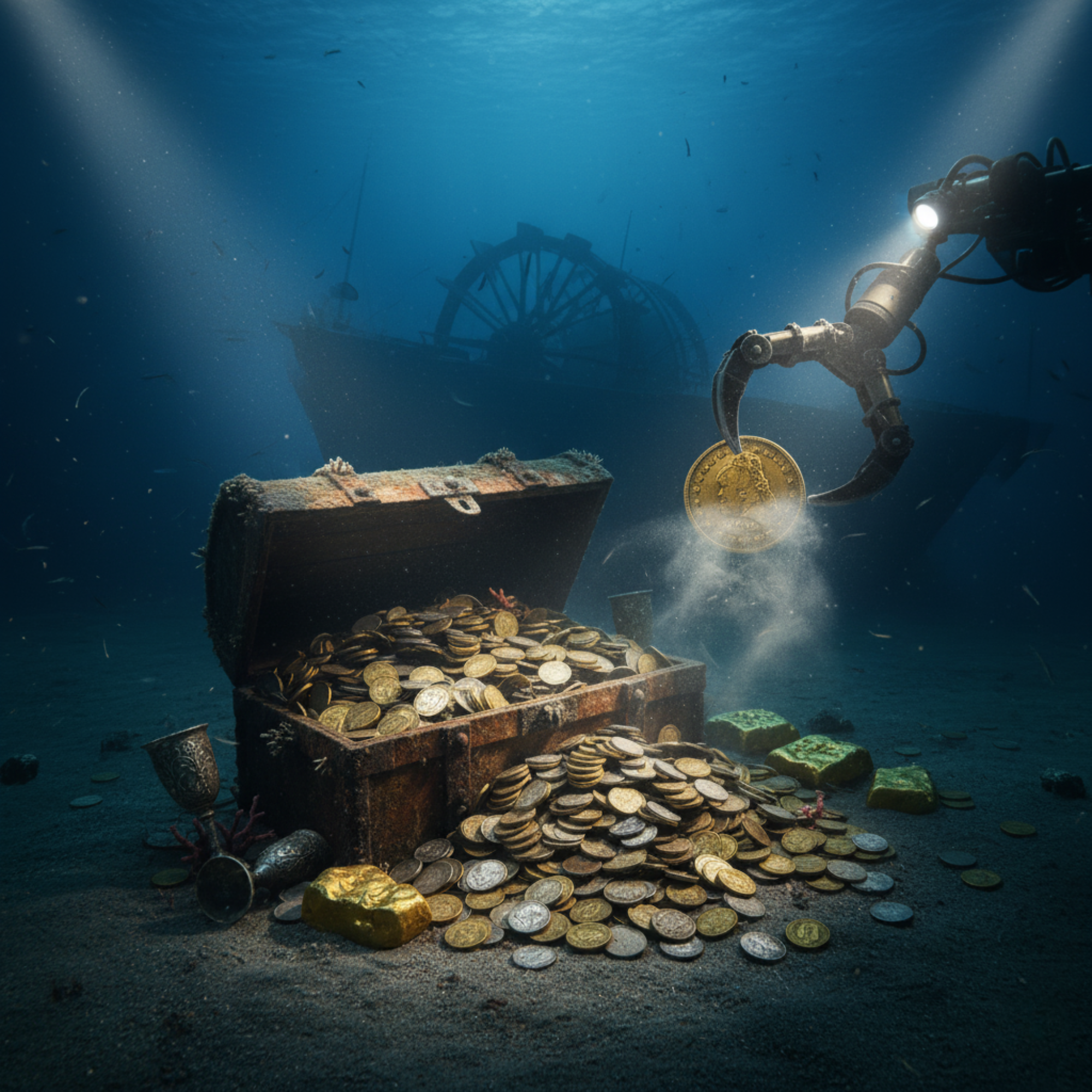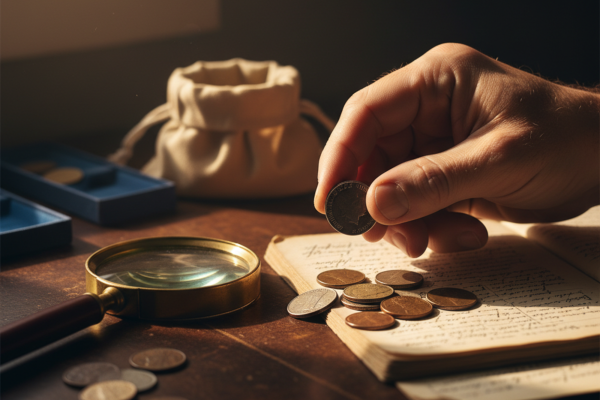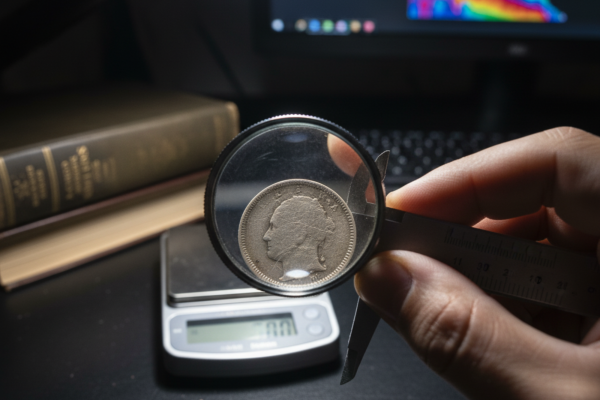Unearthing History: The World’s Most Fascinating Coin Hoards and Their Stories
At Keywell Collectibles, we believe every coin tells a story. But what happens when thousands of coins, often alongside other treasures, are discovered together, centuries after they were hidden?
That's when individual stories merge into a grand historical narrative – the thrill of the coin hoard.
Coin hoards are more than just forgotten riches; they are time capsules, poignant snapshots of moments in history. Buried in haste during times of war, invasion, or economic upheaval, or sometimes simply as a form of ancient banking, these caches offer unparalleled insights into the past. For collectors and investors, they represent a tangible link to bygone eras, often yielding coins of immense historical and numismatic value.
Join us as we journey through some of the most captivating coin hoard discoveries, each with a unique tale to tell.
The Hoxne Hoard: Rome’s Retreat from Britain
Imagine losing your hammer, only to discover one of the most significant Roman treasures ever found. That’s precisely what happened to Eric Lawes in Hoxne, Suffolk, England, in 1992. While searching for a lost hammer with his metal detector, he stumbled upon something far more extraordinary.
Beneath the soil lay the largest Roman hoard ever discovered in Britain: over 15,000 gold, silver, and bronze coins, alongside exquisite silver tableware, gold jewellery, and other precious items. Dated to the early 5th century CE, the Hoxne Hoard offers a crucial glimpse into a turbulent period – the waning days of Roman rule in Britain. The sheer quantity of high-quality items suggests immense wealth, possibly belonging to a prominent Roman family, hastily buried as the empire’s grip loosened and barbarian raids became more frequent.
The collection includes a diverse range of coins, from solidi and miliarenses to argentei, reflecting the economic might and reach of the Roman Empire even in its twilight. Its careful preservation and astonishing variety have provided historians with invaluable data on late Roman Britain, making it a cornerstone of numismatic study.
The Cuerdale Hoard: A Viking King’s Fortune
Buried around 905-910 CE, this hoard provides a vivid snapshot of Viking Age wealth and culture. Many believe it was the war chest of a Viking king or a wealthy merchant, perhaps buried for safekeeping during a period of intense conflict between Vikings and Anglo-Saxons. The sheer volume of silver, much of it melted down from other sources, highlights the Viking economy’s focus on bullion as a measure of wealth, offering profound insights into their society, trade, and military ambitions.
The SS Central America: The Ship of Gold
The discovery was a numismatic revelation. The recovered coins, remarkably preserved by the deep-sea environment, represented a time capsule of the California Gold Rush era. Many were in uncirculated condition, offering an unparalleled opportunity for collectors to acquire pieces of this iconic period. The “Porthole Hoard,” discovered later within the ship, contained an astonishing collection of $20 Double Eagles, further cementing the SS Central America’s legendary status.
The Enduring Allure of the Hoard




